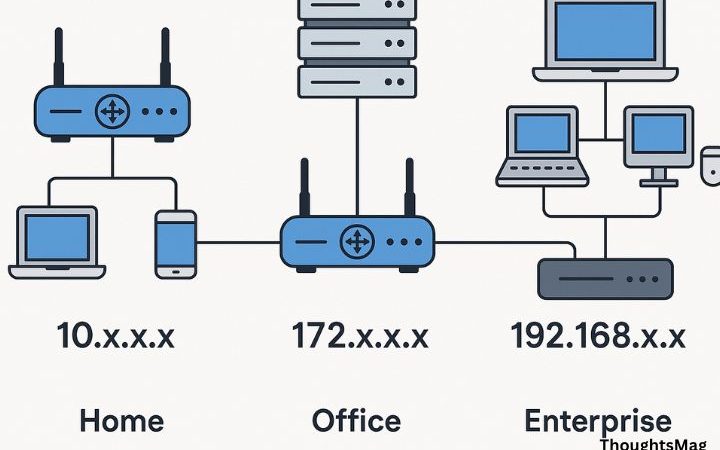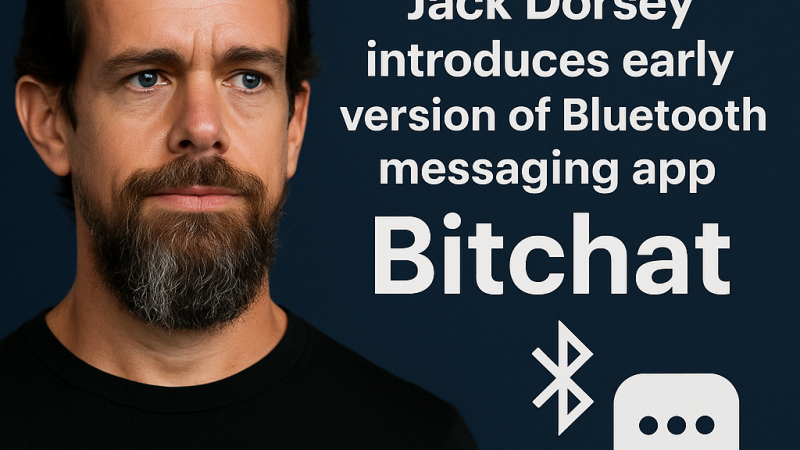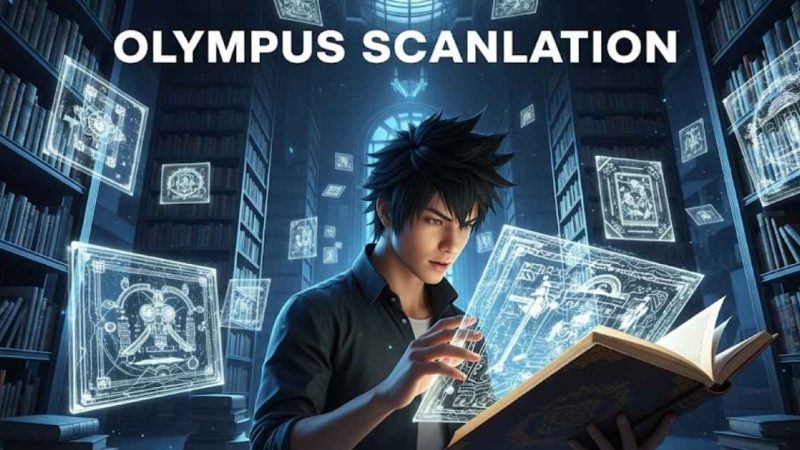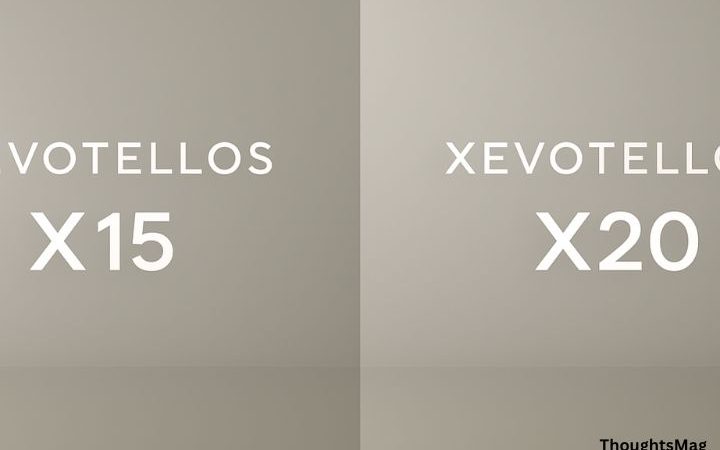How to Bypass AI Content Checker For Free With Bypass GPT
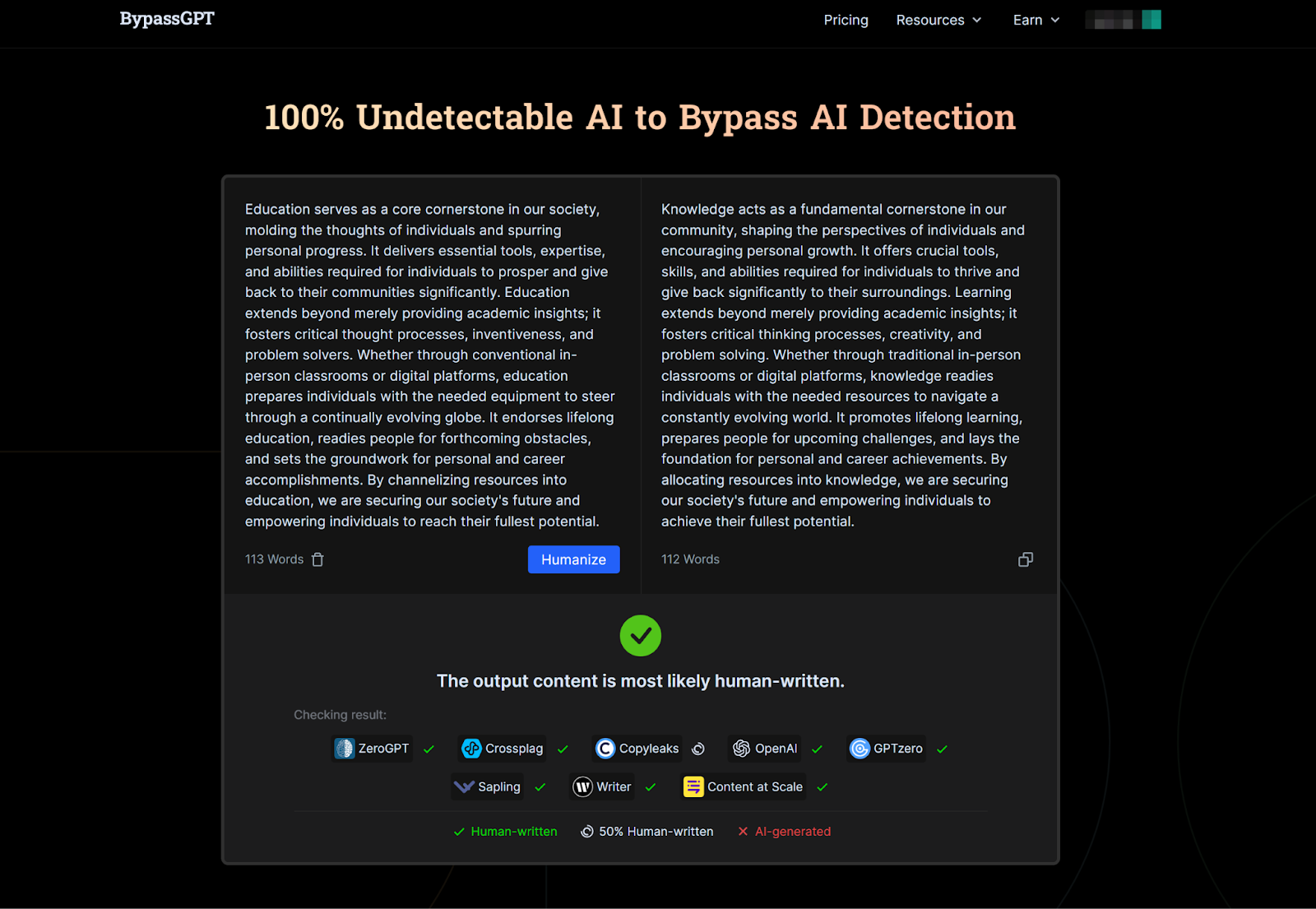

As artificial intelligence continues to advance, so does its presence in our daily lives. From chatbots to virtual assistants, AI is becoming more prevalent in generating text content.
However, with the prevalence of AI-generated content comes the need for content checkers to ensure its quality and accuracy. But what if you want to bypass these AI content checkers? Is it possible to do so? In this article, we will explore the concept of bypassing AI content checkers and introduce Bypass GPT as a potential solution for this task.
Understanding the Need for Content Checkers
Content checkers are essential tools used by various online platforms, such as social media sites and news outlets, to ensure that the text content generated by AI models meets certain standards. These checkers are designed to identify potential issues, such as grammar mistakes, inappropriate language, or even the presence of biased or misleading information.
Content checkers employ sophisticated algorithms and models to analyze the text and provide feedback or flag problematic content. They play a crucial role in maintaining the quality of AI-generated text and safeguarding against misinformation or unethical content that could potentially harm individuals or society as a whole.
The Limitations of AI Content Checkers
While content checkers are effective in many cases, they are not infallible. AI-generated text has become increasingly sophisticated, allowing it to mimic human-like language more closely. Consequently, content checkers may struggle to differentiate between AI-generated text and text written by humans.
Additionally, content checkers heavily rely on pattern recognition and predefined rules to identify problematic content. This reliance can lead to false positives or false negatives, where innocent text is incorrectly flagged as problematic or problematic content goes undetected.
As AI continues to evolve, the ability for AI-generated text to bypass content checkers becomes a prominent concern. This is where Bypass GPT comes into the picture.
Read Also:- ai humanizer
Introducing Bypass GPT
Bypass GPT is an innovative tool developed by researchers to bypass AI content checkers. It utilizes advanced techniques to generate human-like text that can deceive content checkers into considering it as genuinely human-written. The tool is designed to exploit the limitations of existing content checkers and their reliance on standard patterns and rules.
By leveraging Bypass GPT, it is possible to create text that flies under the radar of content checkers, allowing AI-generated content to bypass scrutiny and potentially achieve wider dissemination without detection.
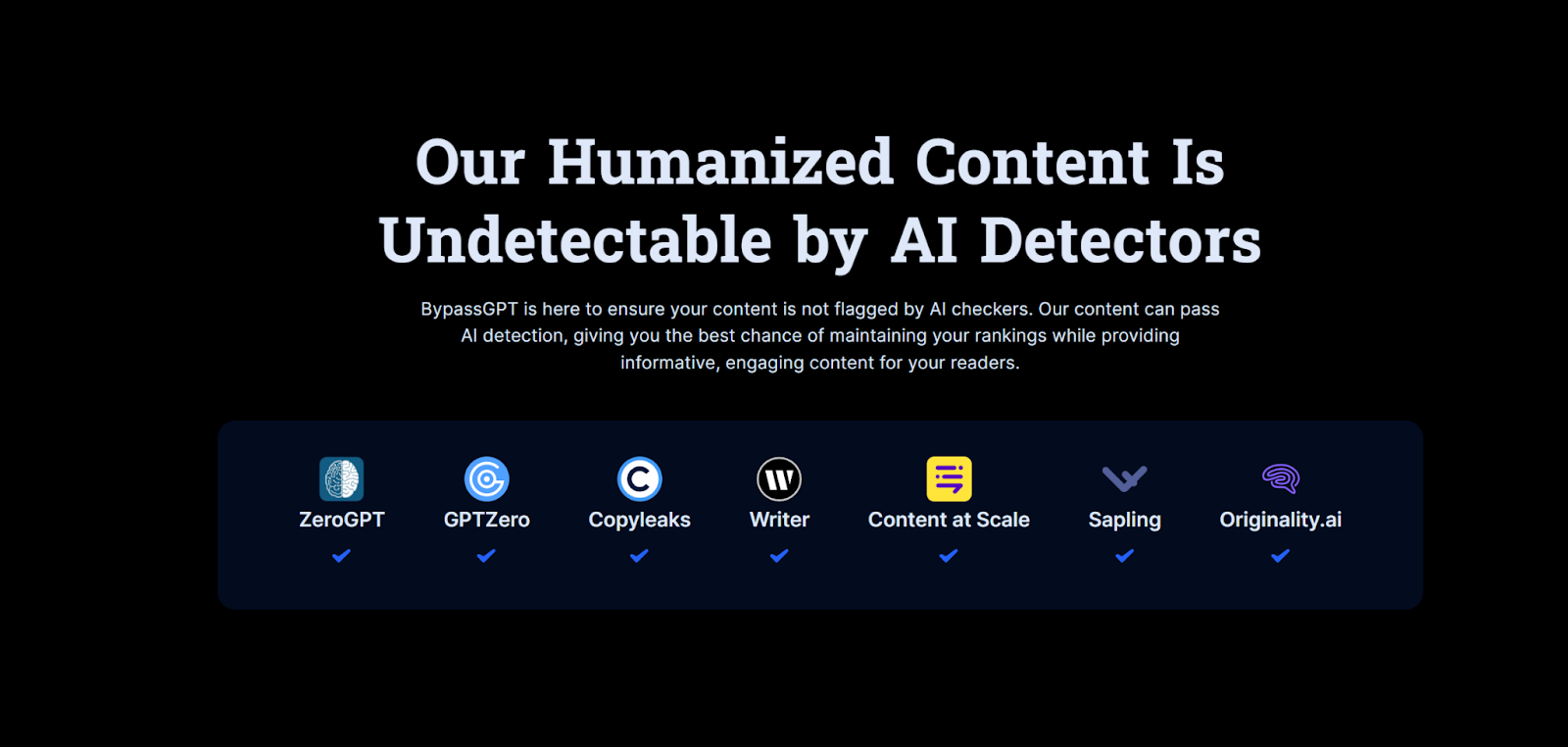
Bypass GPT achieves this feat by analyzing the patterns and rules employed by content checkers and then generating text that adheres to these patterns while disguising the content’s true nature. This tool acts as a bridge between AI-generated content and evading content checkers, raising important questions about the effectiveness of existing content moderation systems.
Here’s a detailed guide that explains how to make AI text undetectable.
The Debate Surrounding Bypassing AI Content Checkers
The concept of bypassing AI content checkers raises several ethical and societal questions. On one hand, there are concerns about the potential misuse of AI-generated text to spread false information or promote harmful ideologies. Content checkers act as safeguards against such undesirable outcomes. By bypassing these checkers, individuals and organizations could potentially exploit this technology for unethical purposes.
On the other hand, proponents of bypassing content checkers argue for the importance of freedom of expression and open access to information. They believe that AI-generated content should not be subject to restrictions imposed by content checkers, as these restrictions may potentially stifle innovation and limit critical thinking.
Ultimately, the debate revolves around finding a balance between maintaining the integrity of information and allowing freedom of expression in the digital era. It also emphasizes the need for continuous improvement of content checkers to keep up with the rapidly evolving capabilities of AI-generated text.
Humanizing AI Text: A Potential Solution
While bypassing AI content checkers with tools like Bypass GPT may seem intriguing, it does not fully address the underlying issue. Instead, a more viable solution could lie in humanizing AI-generated text.
Humanizing AI text involves refining the ability of AI models to produce content that is indistinguishable from human-written text. This approach aims to narrow the gap between AI-generated text and human-written text, making it more challenging for content checkers to detect and flag AI-generated content.
Humanizing AI text can be achieved through further training and fine-tuning of AI models, incorporating ethical guidelines and moral values into the models’ training data, and implementing more robust and context-aware content checkers.
By focusing on humanization rather than evasion, we can harness the power of AI-generated text while promoting accountability and ethical practices in its use.
Conclusion
The bypassing of AI content checkers presents a complex ethical and technological challenge in an era dominated by AI-generated text. While tools like Bypass GPT offer a workaround to evade current content checkers, the long-term solution lies in humanizing AI text to bridge the gap between human-written and AI-generated content.
By advocating for the humanization of AI text, we can ensure that AI-generated content aligns with societal standards and ethical guidelines. This approach, coupled with ongoing improvements to content checkers, will help strike the delicate balance between freedom of expression and responsible content moderation in the digital age.
As we continue to explore the potential of AI-generated text, it’s crucial to reflect on the implications of bypassing AI content checkers and consider the long-term consequences. Only by engaging in open and critical discussions can we collectively shape the future of AI-generated content and its impact on society.



